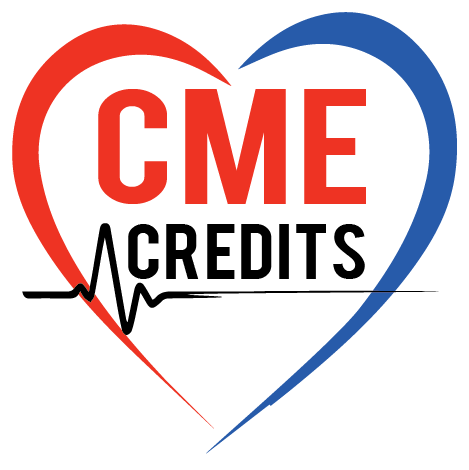
Robert Dumaine
Université de Sherbrooke, Canada
Title: Emerging role of non-cardiac sodium channels in arrhythmias
Biography
Biography: Robert Dumaine
Abstract
Goal of the presentation: Evidence indicate that cardiac arrhythmias are involved in sudden infant death syndrome (SIDS), sudden death during epilepsy (SUDEP), Huntington’s disease and Dravet Syndrome and suggest that expression of non-cardiac sodium channels in the heart contributes to them. We will present an overview of the latest developments on the role of these channels in arrhythmias linked to non-cardiac diseases.
Background: Sodium channels (NaV) trigger contraction, modulate heart rate and play an important role in the maturation of cardiac excitability in neonates. Nine voltage-dependent sodium channel isotypes are currently known. Each displays specific biochemical and pharmacological characteristic and generate an electrical current (INa) with unique properties. Cells exploit this diversity by expressing specific NaVs conferring them the attributes needed for their function. Until recently expression of NaVs isotypes was thought to be relatively stable once cardiomyocytes are differentiated. However, findings over the last decade contradict this idea and indicate a remarkable degree of adaptation of cardiomyocytes. Initial investigations led to the idea that exercise, aging and cardiovascular pathologies modulate the level of expression cardiac-specific ion channels, but recent evidence indicate that the electrical remodeling of the heart also involves overexpression of non-cardiac sodium channels (neuronal, skeletal muscle). The expression of non-cardiac sodium channels in the heart shed new lights on a variety of arrhythmogenic mechanism associated to epilepsy, ischemia and SIDS. In this talk, we will present an overview of the conditions where non-cardiac sodium channels were found to be overexpressed in the heart and the consequences in terms of risk assessment for arrhythmias and potential new therapeutic targets to treat them.
Conclusion & Significance: By presenting data that provides potentially new mechanism for arrhythmias and target to treat them we wish to raise the awareness of cardiologists towards sudden cardiac death in non-cardiac diseases.

